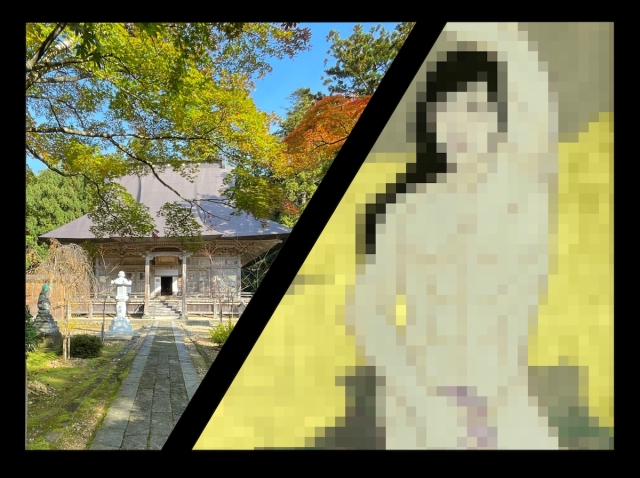
Modern makeover at centuries-old temple comes to an end, but not for rumoured reasons.
For the past couple of years, our reporter Saya Togashi has been interested in visiting a temple in Japan with bewitching paintings unlike anything usually found at a religious site. Dubbed the “Ikemen Sensual Picture Scroll“, the artwork is said to be amazing in many ways, and once she heard that the artwork might be removed soon, Saya wasted no time in getting herself up there to take a look at it in person.
▼ The temple with the evocative art is Kokujoji in Tsubame City, Niigata Prefecture.
As soon as Saya arrived, it wasn’t the boys’ love but the autumn leaves that caught her attention. The fiery red and orange hues were absolutely breathtaking, and she stopped for a moment to admire their beauty.
It was just the start of the fiery beauty that would capture Saya’s attention that day, because when she approached the main hall of the temple, she was met by another glorious sight.
There, sheltered in the shadows cast by the eaves of the old building, were spectacular images of a fantastical world, populated mostly by handsome men.
These weren’t just any random characters though – the subjects here are all important luminaries with ties to the temple, which dates back to 1300. The main players are: Amida Nyorai, also known as the Buddha of Limitless Light; Uesugi Kenshin (1530-1578), a powerful daimyo; Ryokwan (1758–1831), a hermit monk; Shuten-doji, a mythical demon; Minamoto no Yoshitsune (1159-1189), a powerful military commander; and Benkei (1155-1189), a Japanese warrior monk.
The characters are drawn so beautifully that some of them look as if they’ve stepped out of a manga or video game. And when you look closely, you’ll see one of the things they all have in common, aside from being drop-dead gorgeous — they’re all wearing sexy, revealing costumes.
The artist who drew these stunning images is Ryoko Kimura, a contemporary Japanese painter who specialises in erotic male paintings. These paintings at the temple sprang from the notion of what it would be like if the five characters tied to the temple’s history, all from different eras, were brought together to co-exist at the same time.
Instead of sitting with his contemporary Yoshitsune, for example, Benkei is pictured with his arm around Kenshin, who was born centuries after Benkei’s death.
Each person and scene on these temple walls has been carefully drawn with proper characterisation and backstories in mind.
The biggest highlight, and perhaps the most controversial point that led to the images being covered by local TV news outlets when they first appeared in 2019, is the bathing scene on the north side of the building.
Here, the five characters can be seen enjoying an open-air onsen together, and although their private parts are skilfully hidden, it’s clear that they’re all basically naked.
▼ Saya found herself being especially captivated by Shuten-doji, who was exceedingly beautiful.
Boys’ love enthusiasts will no doubt see some BL couplings here, but others will simply see a group of great men smiling and enjoying each other’s company. This space for different levels of viewer interpretation is part of the great beauty of the artwork.
While some people have been against the very modern reimagining of these great characters, there’s nothing to say it’s obscene as the reading of the work depends on the viewer’s interpretation.
▼ Get your heads out of the gutter – this is just beautiful art!
Still, the murals have courted controversy, with some people saying they’re “not suitable for temples” and “not good for education“. The situation is further complicated by the fact that Kokujoji is designated as a cultural property of the Tsubame City Board of Education, which raises the question of who the temple belongs to, and who has a say in what happens to it.
However, the head priest at Kokujoji believes there’s a good reason for the murals, and that’s to attract people to the temple. Kokujoji is already known for its “flame wars memorial service”, a ceremony that puts online flaming to rest for your social media accounts, so it knows how to adapt its centuries-old heritage to the modern-day needs of worshippers.
The number of people who worship and support temples is said to be steadily decreasing, and around 40 percent of the country’s 77,000 temples are predicted to close within the next 25 years. With this shaky future ahead of them, temples have no choice but to adapt and try new things in order to survive.
Today’s new generation of temple priests aren’t tied to old habits and are keen to make their temples as appealing as possible to visitors. And the plan appears to be working, as the unusual murals at Kokujoji did entice our own reporter to make the trip out to see them, and they continue to attract many other people from around the country as well.
▼ Visitors can purchase special commemorative seals at the temple as a memento of their visit.
Recently, there have been reports claiming that the murals will be removed after the public display of relics at the temple scheduled for this autumn, following requests by the Tsubame City Board of Education to return the building to its original state. So we asked the temple’s head priest, Kotetsu Yamada, about the future of the art directly, to which he replied:
“Because of the humid environment around the temple, we were worried that the mural will become mouldy and worm-eaten, so we initially thought it would be displayed until the display of relics this autumn.
However, due to various reasons, the display of relics was postponed until the Year of the Horse in five years’ time. There are concerns that the mural will become worn out within those five years if left as it is, though, so we’re thinking of removing it by the spring, but it can still be viewed until the end of Golden Week.”
So there you have it — the murals really do appear to be coming down in the near future, but according to the temple’s head priest, it’s not for the reasons many suspect. While it’s unclear what will become of the paintings after they’re removed, the concerns expressed by Yamada regarding their preservation suggest that they’ll be protected in some way, and who knows – they might be used to help attract worshippers at other temples, like a travelling exhibition spreading the word of Japan’s most handsome historical and mythical men.
If you’d like to see the stunning murals before they’re taken down, be sure to make the trip out to Niigata to see them by the end of Golden Week, which is scheduled to end on 5 May next year. And while you’re there, don’t forget to track down the amemonaka, a traditional local sweet that’s just as seductive as the art at Kokujoji.
Temple information
Kokujoji / 国上寺
Address: Niigata-ken, Tsubame-shi, Kugami 1407
新潟県燕市国上1407番地
Hours: 8:30 a.m.-4:30 p.m. (April to November); 8:30 a.m.-4:00 p.m. (December-end of March)
Closed: February-March equinoctial week
Website
Related: PR TIMES
Photos ©SoraNews24
● Want to hear about SoraNews24’s latest articles as soon as they’re published? Follow us on Facebook and Twitter!
[ Read in Japanese ]

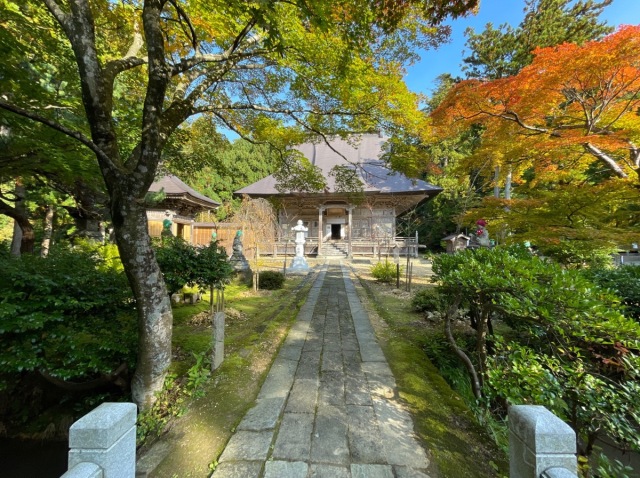
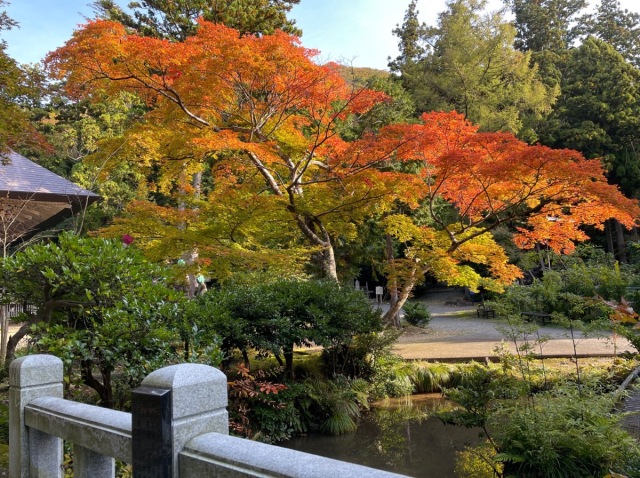
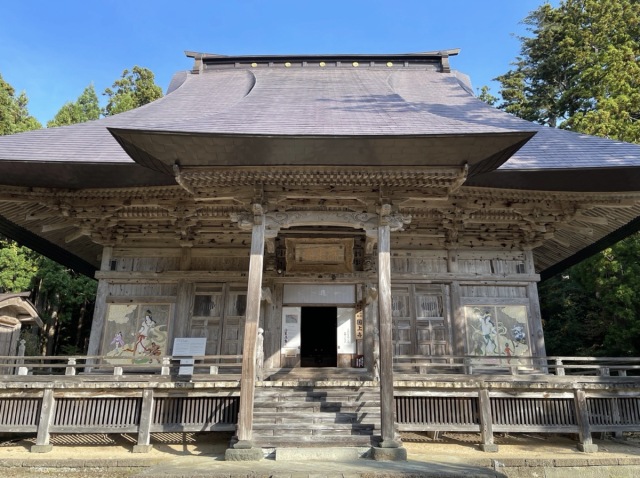
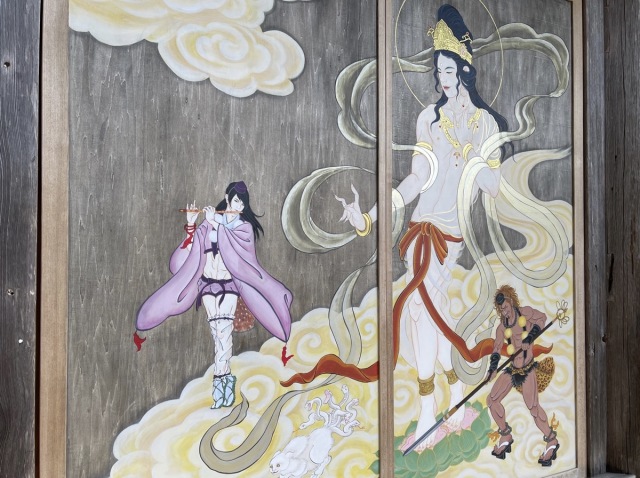
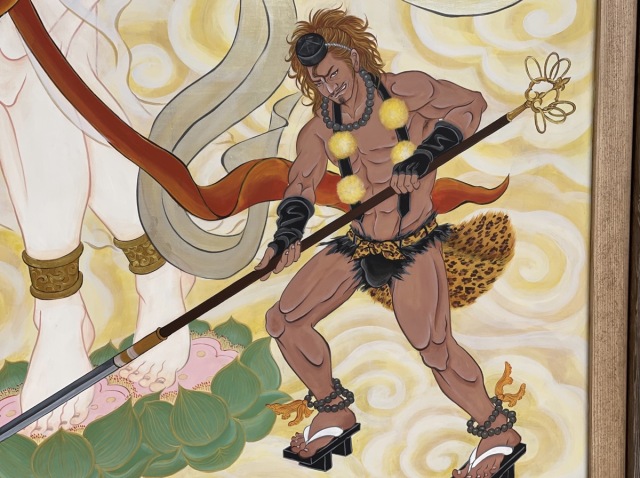
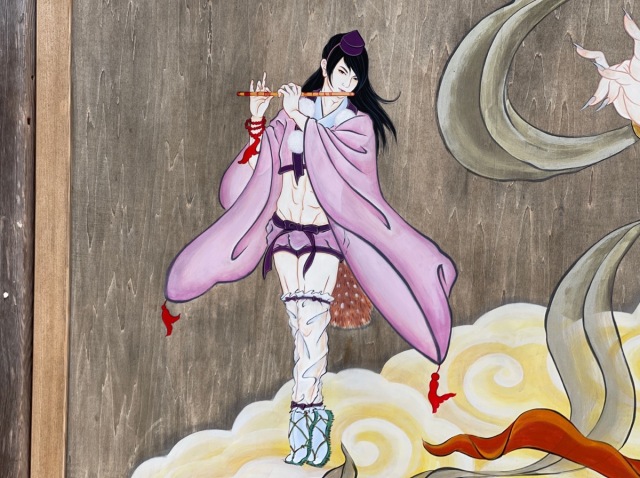
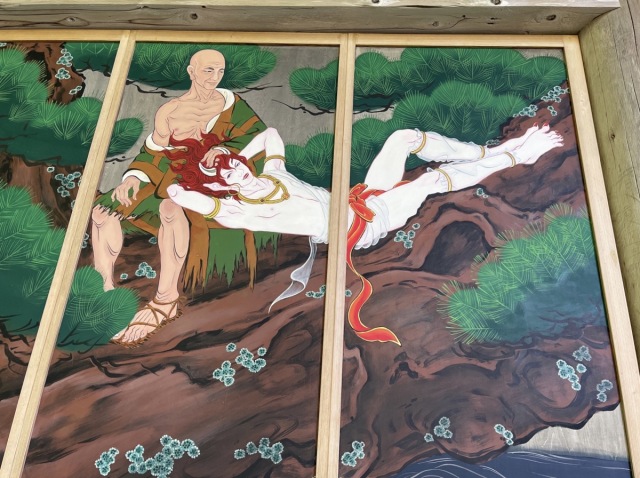
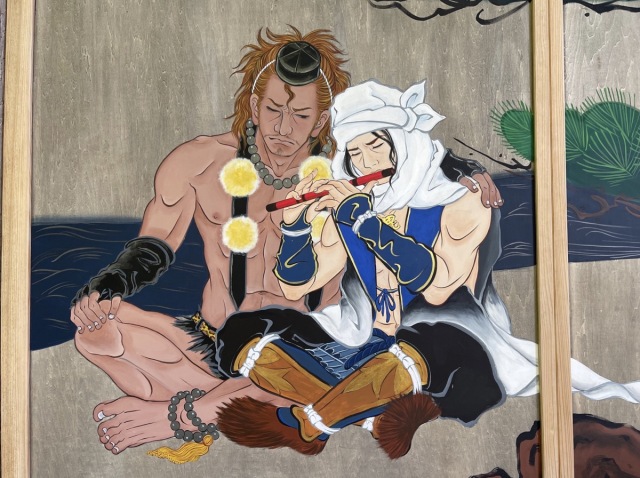
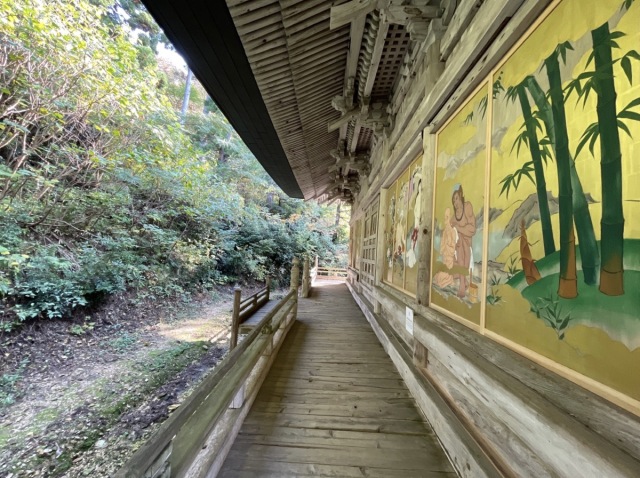
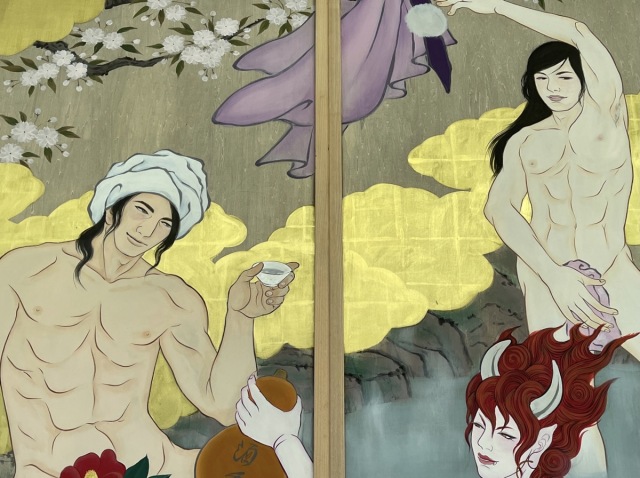
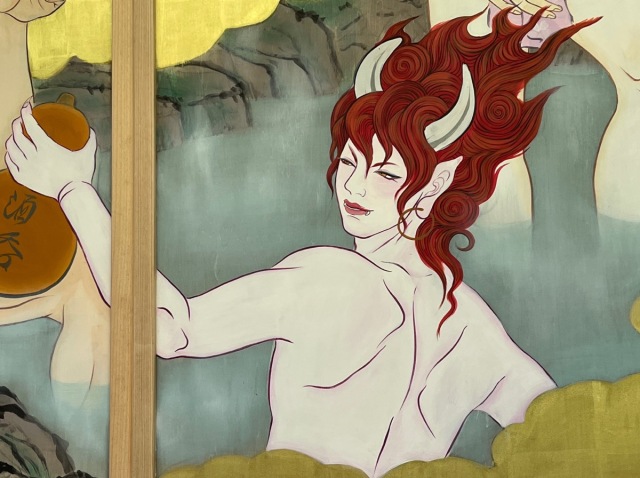
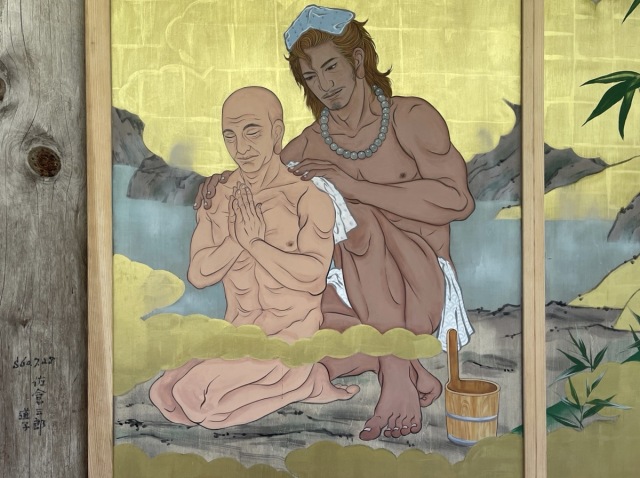
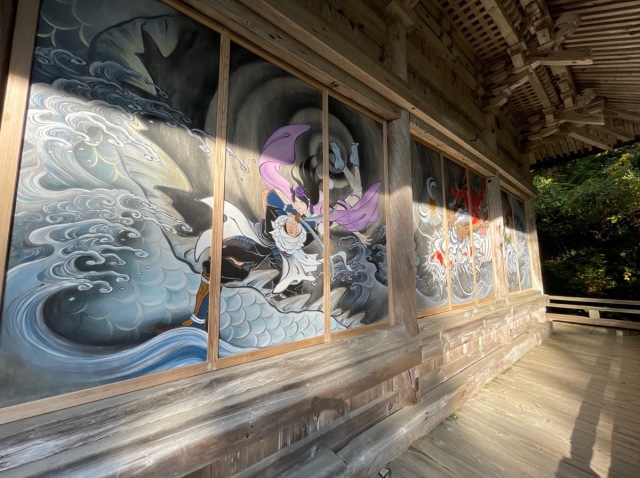
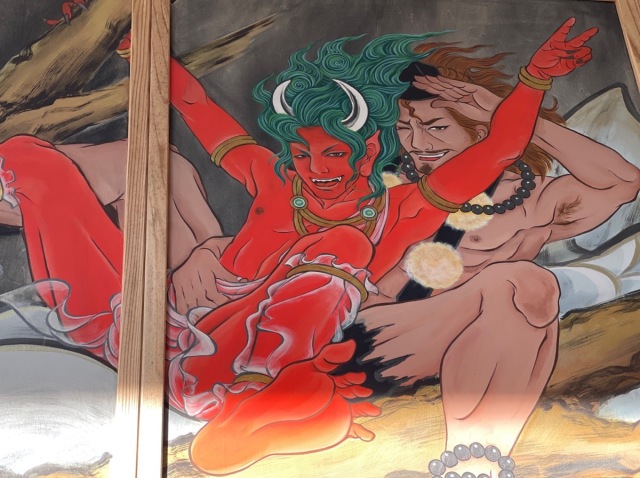
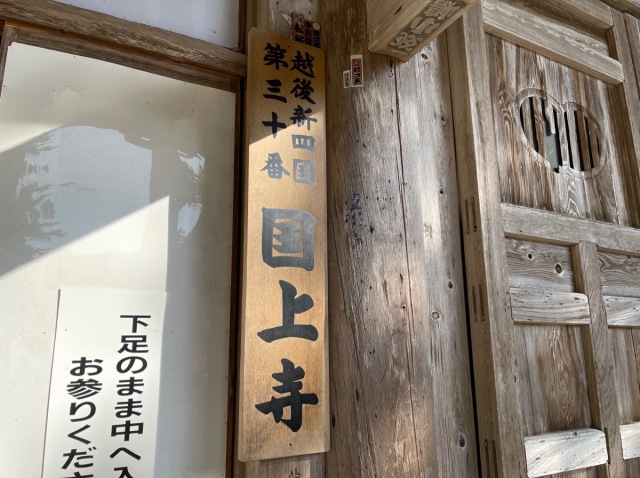
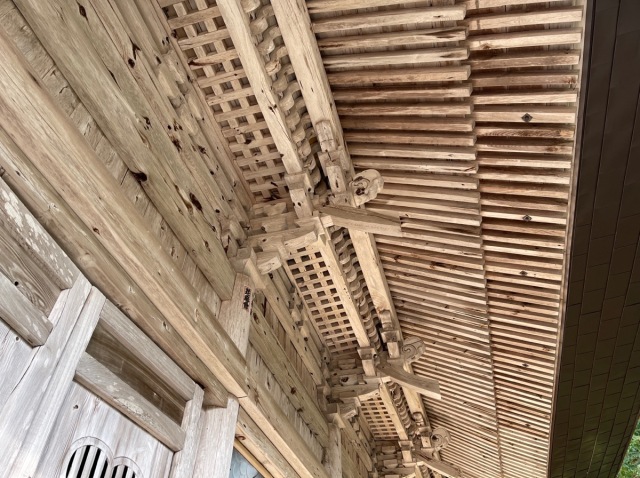
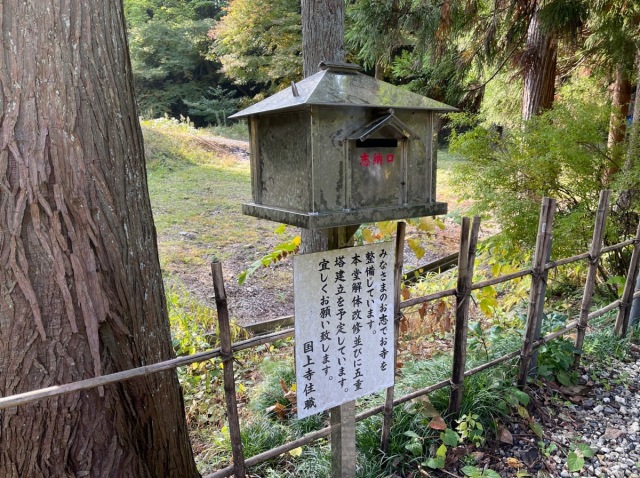
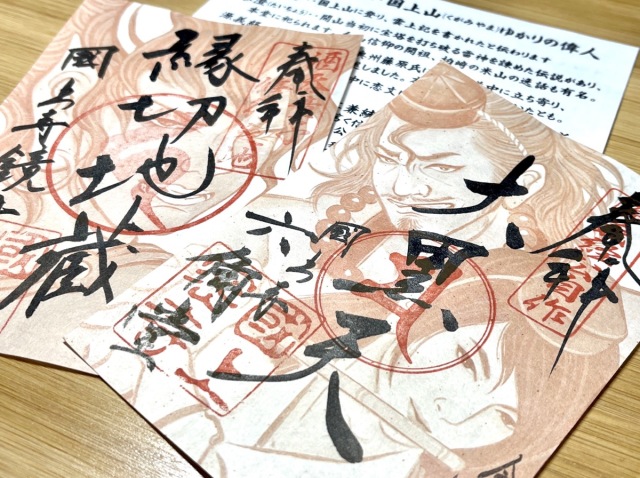
 Temple camping in Japan at Wakayama’s Daitaiji【Photos】
Temple camping in Japan at Wakayama’s Daitaiji【Photos】 Purify the hate of Internet jeers with Japanese temple’s first online ceremonial fire
Purify the hate of Internet jeers with Japanese temple’s first online ceremonial fire A visit to Japan’s centuries-old boob temple
A visit to Japan’s centuries-old boob temple Japanese monk’s breakfasts with cats are the most important/cutest videos of the day
Japanese monk’s breakfasts with cats are the most important/cutest videos of the day “Graffiti Temple” in Kyoto, where visitors are encouraged to deface the walls
“Graffiti Temple” in Kyoto, where visitors are encouraged to deface the walls McDonald’s new Happy Meals offer up cute and practical Sanrio lifestyle goods
McDonald’s new Happy Meals offer up cute and practical Sanrio lifestyle goods All-you-can-drink Starbucks and amazing views part of Tokyo’s new 170 meter-high sky lounge
All-you-can-drink Starbucks and amazing views part of Tokyo’s new 170 meter-high sky lounge More foreign tourists than ever before in history visited Japan last month
More foreign tourists than ever before in history visited Japan last month Starbucks reopens at Shibuya Scramble Crossing with new look and design concept
Starbucks reopens at Shibuya Scramble Crossing with new look and design concept Arrest proves a common Japanese saying about apologies and police
Arrest proves a common Japanese saying about apologies and police Beautiful Sailor Moon manhole cover coasters being given out for free by Tokyo tourist center
Beautiful Sailor Moon manhole cover coasters being given out for free by Tokyo tourist center The oldest tunnel in Japan is believed to be haunted, and strange things happen when we go there
The oldest tunnel in Japan is believed to be haunted, and strange things happen when we go there Is the new Shinkansen Train Desk ticket worth it?
Is the new Shinkansen Train Desk ticket worth it? Hey, Japanese taxi driver! Take us to your favorite restaurant in Tsuruga City!
Hey, Japanese taxi driver! Take us to your favorite restaurant in Tsuruga City! Looking for a job in Japan? New “Sugoi Kawaii” maid cafe in Akihabara now hiring foreigners!
Looking for a job in Japan? New “Sugoi Kawaii” maid cafe in Akihabara now hiring foreigners! Disney princesses get official manga makeovers for Manga Princess Cafe opening in Tokyo
Disney princesses get official manga makeovers for Manga Princess Cafe opening in Tokyo We try out “Chan Ramen”, an underground type of ramen popular in the ramen community
We try out “Chan Ramen”, an underground type of ramen popular in the ramen community Beautiful new Final Fantasy T-shirt collection on the way from Uniqlo【Photos】
Beautiful new Final Fantasy T-shirt collection on the way from Uniqlo【Photos】 Foreign English teachers in Japan pick their favorite Japanese-language phrases【Survey】
Foreign English teachers in Japan pick their favorite Japanese-language phrases【Survey】 There’s a park inside Japan where you can also see Japan inside the park
There’s a park inside Japan where you can also see Japan inside the park Japanese convenience store packs a whole bento into an onigiri rice ball
Japanese convenience store packs a whole bento into an onigiri rice ball Studio Ghibli releases Kiki’s Delivery Service chocolate cake pouches in Japan
Studio Ghibli releases Kiki’s Delivery Service chocolate cake pouches in Japan Japan’s bone-breaking and record-breaking roller coaster is permanently shutting down
Japan’s bone-breaking and record-breaking roller coaster is permanently shutting down New definition of “Japanese whiskey” goes into effect to prevent fakes from fooling overseas buyers
New definition of “Japanese whiskey” goes into effect to prevent fakes from fooling overseas buyers Foreign passenger shoves conductor on one of the last full runs for Japan’s Thunderbird train
Foreign passenger shoves conductor on one of the last full runs for Japan’s Thunderbird train Our Japanese reporter visits Costco in the U.S., finds super American and very Japanese things
Our Japanese reporter visits Costco in the U.S., finds super American and very Japanese things Kyoto bans tourists from geisha alleys in Gion, with fines for those who don’t follow rules
Kyoto bans tourists from geisha alleys in Gion, with fines for those who don’t follow rules Studio Ghibli unveils Mother’s Day gift set that captures the love in My Neighbour Totoro
Studio Ghibli unveils Mother’s Day gift set that captures the love in My Neighbour Totoro Domino’s Japan now sells…pizza ears?
Domino’s Japan now sells…pizza ears? New Japanese KitKat flavour stars Sanrio characters, including Hello Kitty
New Japanese KitKat flavour stars Sanrio characters, including Hello Kitty Sales of Japan’s most convenient train ticket/shopping payment cards suspended indefinitely
Sales of Japan’s most convenient train ticket/shopping payment cards suspended indefinitely Sold-out Studio Ghibli desktop humidifiers are back so Totoro can help you through the dry season
Sold-out Studio Ghibli desktop humidifiers are back so Totoro can help you through the dry season Japanese government to make first change to romanization spelling rules since the 1950s
Japanese government to make first change to romanization spelling rules since the 1950s Ghibli founders Toshio Suzuki and Hayao Miyazaki contribute to Japanese whisky Totoro label design
Ghibli founders Toshio Suzuki and Hayao Miyazaki contribute to Japanese whisky Totoro label design Doraemon found buried at sea as scene from 1993 anime becomes real life【Photos】
Doraemon found buried at sea as scene from 1993 anime becomes real life【Photos】 Tokyo’s most famous Starbucks is closed
Tokyo’s most famous Starbucks is closed One Piece characters’ nationalities revealed, but fans have mixed opinions
One Piece characters’ nationalities revealed, but fans have mixed opinions We asked a Uniqlo employee what four things we should buy and their suggestions didn’t disappoint
We asked a Uniqlo employee what four things we should buy and their suggestions didn’t disappoint Princesses, fruits, and blacksmiths: Study reveals the 30 most unusual family names in Japan
Princesses, fruits, and blacksmiths: Study reveals the 30 most unusual family names in Japan Studio Ghibli’s new desktop Howl’s Moving Castle will take your stationery on an adventure
Studio Ghibli’s new desktop Howl’s Moving Castle will take your stationery on an adventure Tera Ango now offers the chance to live and take part in daily practices at a Buddhist temple
Tera Ango now offers the chance to live and take part in daily practices at a Buddhist temple Japanese grandpa’s “for fun” ink paintings are so divine they’re now part of a beautiful temple
Japanese grandpa’s “for fun” ink paintings are so divine they’re now part of a beautiful temple Refresh your mind, body, and soul at Temple Camp Daitaiji, the first temple to open to campers
Refresh your mind, body, and soul at Temple Camp Daitaiji, the first temple to open to campers Massive manga mural takes over Tokyo station to celebrate Jujutsu Kaisen【Photos】
Massive manga mural takes over Tokyo station to celebrate Jujutsu Kaisen【Photos】 Testing Japan’s gacha capsule toy calligraphy brushes – tranquility for just 200 yen【Photos】
Testing Japan’s gacha capsule toy calligraphy brushes – tranquility for just 200 yen【Photos】 Giant temple in mountains of Japan is also one of its most impressive tapioca bubble tea cafes
Giant temple in mountains of Japan is also one of its most impressive tapioca bubble tea cafes Flush your prayers down the toilet at this unique Japanese temple
Flush your prayers down the toilet at this unique Japanese temple Miss school field trips? Now adults can go on a “school trip” too with new plan at Nara hotel
Miss school field trips? Now adults can go on a “school trip” too with new plan at Nara hotel Shocking cat graffiti at centuries-old Japanese temple is shockingly uncute【Video】
Shocking cat graffiti at centuries-old Japanese temple is shockingly uncute【Video】 What’s this Tibetan temple doing in the middle of Japan? We go to find out!
What’s this Tibetan temple doing in the middle of Japan? We go to find out! This little-known temple in rural Japan has a giant Buddha bigger than Kamakura’s or Nara’s【Pics】
This little-known temple in rural Japan has a giant Buddha bigger than Kamakura’s or Nara’s【Pics】 TripAdvisor Japan announces the country’s 10 favorite shrines and temples
TripAdvisor Japan announces the country’s 10 favorite shrines and temples Unusual guardians appear at Kyoto’s Kiyomizudera temple
Unusual guardians appear at Kyoto’s Kiyomizudera temple Shiraishi Island needs YOUR character ideas!
Shiraishi Island needs YOUR character ideas! Wannabe science fiction writer graffitis centuries-old Kyoto temple for extremely weird reason
Wannabe science fiction writer graffitis centuries-old Kyoto temple for extremely weird reason
Leave a Reply